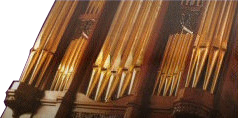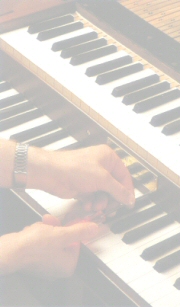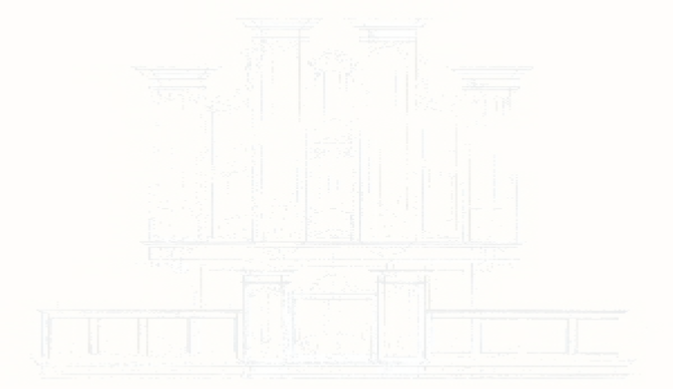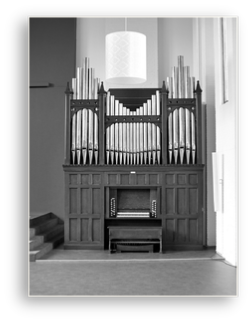





 Contact
Recordings
Contact
Recordings
 Previous page
Previous page

|
Great C-f3
Open Diapason
Dulciana
Stopped Diapason
Principal
Wald Flute
Twelfth
Fifteenth
Mixture
Clarionet
|
8 ft
8 ft
8 ft
4 ft
4 ft
2²/3 ft
2 ft
3 rks
8 ft
|
Swell C-f3
Bourdon
Open Diapason
Viol d'Amour
Voix Celeste
Lieblich Gedackt
Principal
Flute
Mixture
Horn
Oboe
Tremulant
|
16 ft
8 ft
8 ft
8 ft
8 ft
4 ft
4 ft
3 rks
8 ft
8 ft
|
Pedal C-f1
Violon
Bourdon
Violoncello
Fagotto
Trumpet
|
16 ft
16 ft
8 ft
16 ft
8 ft
|


Groningen, Culumnakerk
Joshua Porritt, 1890
Swell to Great, Swell Octave to Great, Great to Pedal, Swell to Pedal;
Balanced Swell Pedal; 6 composition pedals
Tuning system: Equal temperament (slightly modificated); Pitch: 450 Hz/20°C.
Joshua Porritt built this instrument in 1890 for the Church of the Martyrs in Leicester (built in the same year). Initially there were soms spare slides. At the Swell the Mixture and the Flute 4’ were placed in 1904, and on the Great a Gamba 8’ and a Trumpet 8’ (with zinc resonators) looked clearly from more recent date (probabley around 1930). Of presumably the same date are the zinc Violon 16 ' with Violoncello 8' (partial transmission), and the addition of a Bourdon 8 (partial transmission of the Bourdon 16 ') on pneumatic chests.
In 2012 the instrument was purchased by us and in 2015 it was restored. The Trumpet 8' is replaced by a Clarionet 8' from stock; it was obvious that originally there was planned a Clarionet on this spot. The Gamba 8 ', which represented a more 20th century sound world than the rest of the instrument was removed. In place thereof, a new Mixture 3 rks was placed. A new pedal chest was made with mechanical action. All stops are independent. Violoncello 8' and Fagotto 16' are new (pipework from stock); for the Trumpet 8’ the pipes from the Great Trumpet 8’were reused.
Joshua Porritt († 1919) has worked as voicer, finisher and tuner at Forster & Andrews before he started his own business in Leicester in 1867. His instruments are strikingly similar to that of F&A, which are strongly influenced by the German builder Edmund Schulze. For us, the similarity with the F&A organ we restored for Forchheim, is quite striking. Both late Victorian instruments are characterized by a strong, bright chorus, which give a it a strikingly classic sound.







 Previous page
Previous page



